In spite of the fact that Donald Trump touted his negotiating ability during the campaign, his record thus far leaves something to be desired. The author of “The Art of the Deal” couldn’t have been pleased when, after this first budget negotiations back in April, the Washington Post ran the devastating headline “Eight ways Trump got rolled in his first budget negotiation.” So maybe, before the omnibus budget bill expires in September, the president should read a short book published by the journalist Jill Lawrence titled—appropriately—The Art of the Political Deal.
The book consists of four case studies of successful political negotiations that took place between 2013 and 2014 (roughly)—a period of intense political polarization in Congress. They were originally commissioned by the Center for Effective Public Management at Brookings. Taken together, they powerfully illustrate that political deals can get done even in the most toxic atmosphere.
The case studies include a budget deal that came together in the wake of the disastrous 2013 government shutdown, a Veteran’s Administration (VA) reform package, a complex deal on public lands and a farm-bill fight over the issue of food stamps. Not only does Lawrence document how these deals came together, she identifies lessons from them that the current White House may want to consider as it embarks upon its next round of budget negotiations.
Trust
When Senator Patty Murray (D.WA) and Congressman Paul Ryan (R. WI) set about trying to pull together a budget they had already had a series of repeated interactions and built up a level of personal trust. Lawrence writes; “The proof came as they held conversations over a period of months ‘and [according to Senator Murray] none wound up in the paper the next day.’” Reform at the VA featured a real odd couple as negotiators: Senator Bernie Sanders (I. VT), an old school Democratic Socialist, and Congressman Jeff Miller, (R. AL) who Lawrence describes as “…a small-government, low-taxes conservative from the religious, military-heavy north Florida panhandle. And there you have it, the perfect set-up for a two-act sitcom.” Unlike Murray and Ryan, this odd couple did not have a long history. However, their aides did—most had worked together on veterans issues for as long as fifteen years.
Privacy
Americans are big fans of transparency—they tend to want everything the government does to be done in public. And yet, privacy is usually key to any negotiation, public or private. As Lawrence points out, Murray and Ryan had a great deal of privacy in which to conduct negotiations. Much of the time, Congress was not in session and they were negotiating nearly 2,000 miles away from each other. In the case study on the public lands bill privacy was also essential. Lawrence reports one aide saying, “’Had the press gotten ahold of it, it wouldn’t have worked.’”
Agreement on facts
In both the budget negotiation and the VA reform negotiation legislators worked off a set of facts that were accepted by both sides. In the budget negotiations Murray and Ryan used numbers from the Congressional Budget Office. In the case of VA reform negotiations happened during an avalanche of investigations by government and by the press. And in the farm bill all sides agreed that they needed to clean up fraud, abuse and inefficiency in SNAP (Supplemental Nutrition Assistance Program).
Fear of failure
For VA reform, the negotiators had a “penalty default,” a term used by the American Political Science Association to describe a negotiating situation where both sides “must fear and dread the consequences of failure.” Americans of all political persuasions were so outraged by the poor treatment veterans had been receiving that failure to act would hurt everyone. And in the case of the farm bill, negotiators faced a looming deadline after which payments to farmers for most crops would stop.
This is a little gem of a book. It shows that positive things can still happen even amidst the current level of partisan rancor. All the legislation discussed in it passed by broad, bi-partisan margins. Perhaps the president can find some time to read it.
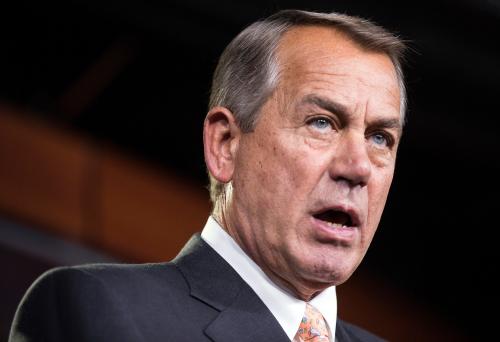
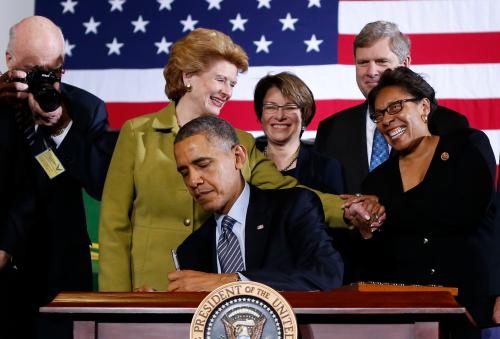
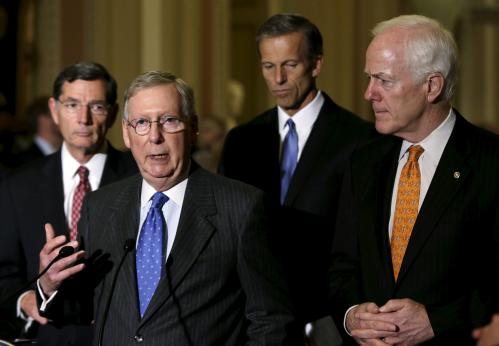
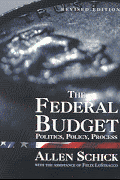




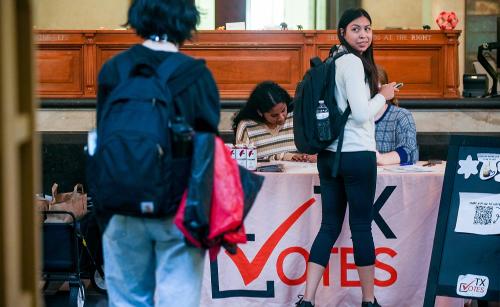
Commentary
The art of the political deal
June 2, 2017